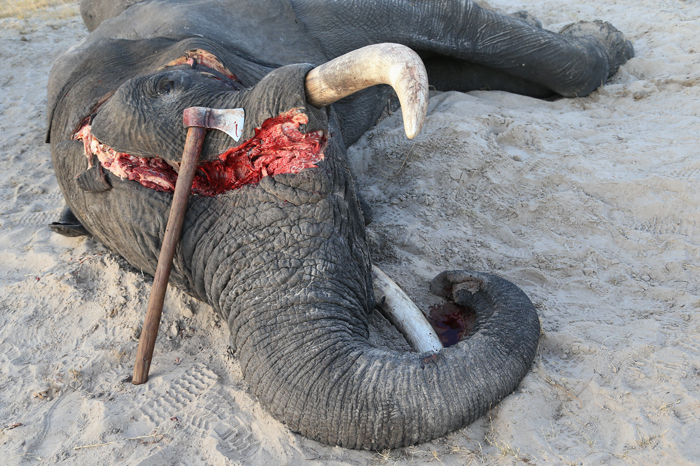As part of a €30 million intervention, the European Union on Tuesday, December 5, 2017 signed a €17.2 million agreement with three United Nations institutions working jointly to reduce the illegal killing of wildlife and the trafficking of wildlife products throughout Eastern and Southern Africa and the Indian Ocean.

The new “cross-regional wildlife programme” will focus its activities in the regions’ most important protected areas, national transit points, and in some of Africa’s most important transboundary ecosystems.
After signing the agreement at the United Nations Headquarters in Africa, Mr. Stefano A. Dejak, the European Union ambassador to Kenya, said: “Illegal killing and trafficking of wildlife now runs into billions of dollars. To combat it, we need find new ways to work together more effectively. This new initiative brings together the European Union and the United Nations Office on Drugs and Crime, as well as the Convention on International Trade in Endangered Species and the Convention on Migratory Species. The aim is to build on our various strengths and experiences in protecting wildlife across borders.”
The new project aims at tackling the illegal killing of wildlife and the trafficking of wildlife products at three levels:
- CITES, through its MIKE Programme, will lead the implementation of activities to reduce the illegal killing of wildlife at a number of priority protected areas located in critical transboundary ecosystems throughout Eastern and Southern Africa;
- At the national and regional level, UNODC will lead activities focused on reducing the international trafficking of wildlife products by strengthening and expanding their highly successful Container Control Programme, improving criminal justice responses and enhancing capacities through the criminal justice chain under the Global Programme for Combatting Wildlife and Forest Crime; and
- At the regional level, activities under CMS will focus on developing and strengthening the governance and collaborative management mechanisms for some of the regions’ most important transboundary conservation areas.
The Director-General of the United Nations Office at Nairobi (UNON), Ms. Sahle-Work Zewde, said: “As we move rapidly towards 2030 – Providing technical assistance to Member States as they strive to achieve the bold targets of the sustainable development goals is a challenge of scale. Goal 15 is no exception and the European Union, with its generous financial contribution, is helping ensure that the children of Africa will be able to witness the magnificent diversity its land has to offer.”
Mr. John Scanlon, Secretary General of CITES, added: “CITES is delighted to continue its longstanding, positive relationship with the European Union. This new initiative enables us to enhance our current work and expand our support to those who are serving in the front-line to stop the illegal killing of Africa’s wildlife. It also strengthens the links between CITES and CMS, the world’s wildlife conventions, in a highly effective manner and draws upon the expertise of UNODC and our other ICCWC (International Consortium on Combating Wildlife Crime) partners.”
After the signature of the agreement, UNODC’s Regional Coordinator for the Wildlife and Forest Crime programme, Mr. Javier Montano, said: “The comprehensive approach of this programme, will certainly go a long way in bringing systemic change as well as enhancing the criminal justice responses to wildlife crime in the regions.”
Laura Cerasi, representing CMS on behalf of its Executive Secretary, Mr. Bradnee Chambers, said: “CMS looks forward to working with CITES and UNODC and others across Eastern and Southern Africa, to strengthen management in some of the continent’s most important transboundary conservation areas. This project significantly supports the delivery of the joint CITES and CMS work plan and the outcomes of CMS CoP 12 held in Manila last month.”
